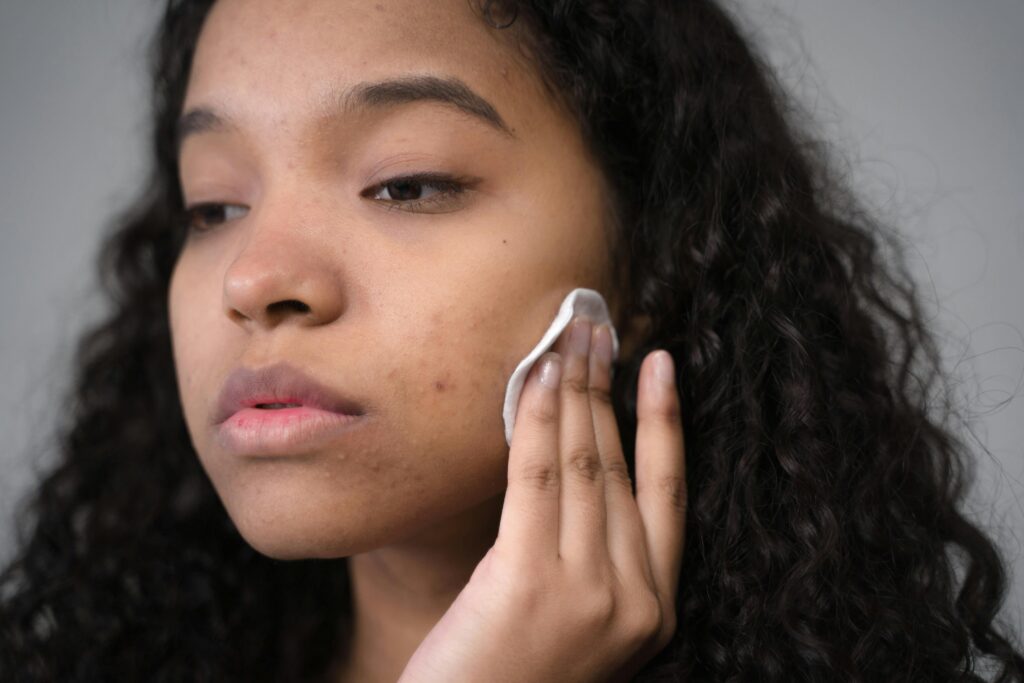
Your Skin, Your Story: Embracing Every Shade with Confidence
Finding a dermatologist with expertise in treating skin of color can be a significant challenge for many individuals. The unique characteristics of darker skin tones require specialized knowledge, and accessing this care is often fraught with systemic and logistical barriers. This article aims to educate individuals with skin of color on why these challenges exist and provide actionable steps to advocate for and secure the dermatological care they deserve.
Why Access Can Be Challenging
1. Underrepresentation in Dermatology
While people with skin of color represent a substantial portion of the global population, they are underrepresented in dermatology. Studies have shown that only a small percentage of dermatologists specialize in or have extensive experience treating conditions in darker skin tones. This shortage often leaves patients with limited options when seeking culturally competent care.
2. Limited Training on Skin of Color
Medical training programs often lack a robust focus on skin conditions affecting people of color. Common skin issues like keloids, melasma, hyperpigmentation, and certain types of acne can present differently in darker skin, making them harder to diagnose and treat without specialized knowledge.
3. Geographic and Economic Disparities
Specialized dermatological care tends to be concentrated in urban areas or affluent regions. For individuals in underserved communities, finding a dermatologist who understands their unique needs can be difficult and may involve extensive travel. Economic barriers, including inadequate insurance coverage, further complicate access.
4. Healthcare Inequities and Trust Issues
Historical and systemic inequities in healthcare contribute to a lack of trust among communities of color. This mistrust, coupled with experiences of cultural insensitivity, can deter individuals from seeking dermatological care.
5. Gaps in Research and Education
Medical research has historically underrepresented people with skin of color, leading to fewer evidence-based treatments tailored to these populations. Consequently, dermatologists may have less familiarity with effective treatments for conditions prevalent in darker skin tones.
What You Can Do to Advocate for Better Dermatological Care
. Seek Specialists in Skin of Color
Look for dermatologists who specifically highlight expertise in skin of color. Professional organizations like the Skin of Color Society can help you identify qualified practitioners. Online directories and reviews can also provide insights into a dermatologist’s experience and cultural competency.
2. Ask Questions During Consultations
When meeting with a dermatologist, don’t hesitate to ask about their experience treating conditions in skin of color. Questions like:
- “Have you treated cases of hyperpigmentation or keloids in darker skin tones?”
- “What is your approach to addressing melasma or acne scarring in skin like mine?” can help ensure you’re in the right hands.
3. Educate Yourself About Common Conditions
Being informed about common skin concerns for individuals of color—like post-inflammatory hyperpigmentation, eczema, or hair-related disorders—can help you advocate for the best care. The more you understand your skin, the better equipped you are to communicate your needs.
4. Leverage Telemedicine
If local access to a dermatologist with expertise in skin of color is limited, consider telemedicine. Many dermatologists offer virtual consultations, expanding your options beyond your immediate geographic area.
5. Support Diversity in Dermatology
Advocate for systemic change by supporting initiatives that increase diversity in dermatology. This includes encouraging young people of color to pursue careers in medicine and supporting organizations working to close the representation gap.
Building a Support Network
Connecting with others who share similar experiences can be empowering. Join support groups or online communities focused on skin of color to share resources, recommendations, and success stories.
Final Thoughts
While challenges in accessing dermatological care for skin of color exist, proactive steps can make a difference. By seeking knowledgeable specialists, advocating for your needs, and supporting broader systemic change, you can take control of your skin health and help pave the way for a more inclusive future in dermatology.
